You may be wondering why I’m delving into a treatise covering a 10-year stretch when we’ve just on our third year into this decade. It’s simply because I’m celebrating this April my tenth year as motoring editor of this esteemed publication (although I’ve actually been writing for The STAR as a motoring contributor since July 2000).
It’s been an eventful ten years, marked by an explosive growth in car sales and, more recently, the influx of several new players, a fair number of which have quickly made their mark by driving into thousands of garages and barging into the Top 10 in local car sales in only their second or third year of operations.
In any case, this list is not about the bestselling cars of each year, but simply those that stood out in my mind (at least as much as my memory serves me) by making their indelible marks on those years.
Let’s start from my first year as motoring editor at STAR, 2012. The car that stood out that year was the Hyundai Tucson. This was the time when crossovers were coming into their own and starting to steal sales from sedans. That second-generation Tucson was a complete turnaround from its predecessor and a spectacular homerun for Hyundai’s then-new Fluidic Sculpture design. Underscoring its stark difference from its rivals, that Tucson came with not just one but three engine options: two petrol and one diesel. Not surprisingly, it was a bestseller for much of its production run. This was also the time when Mazda’s move upmarket, marked by its beautiful new Kodo Soul of Motion design language and very premium interiors, was starting to become more felt.
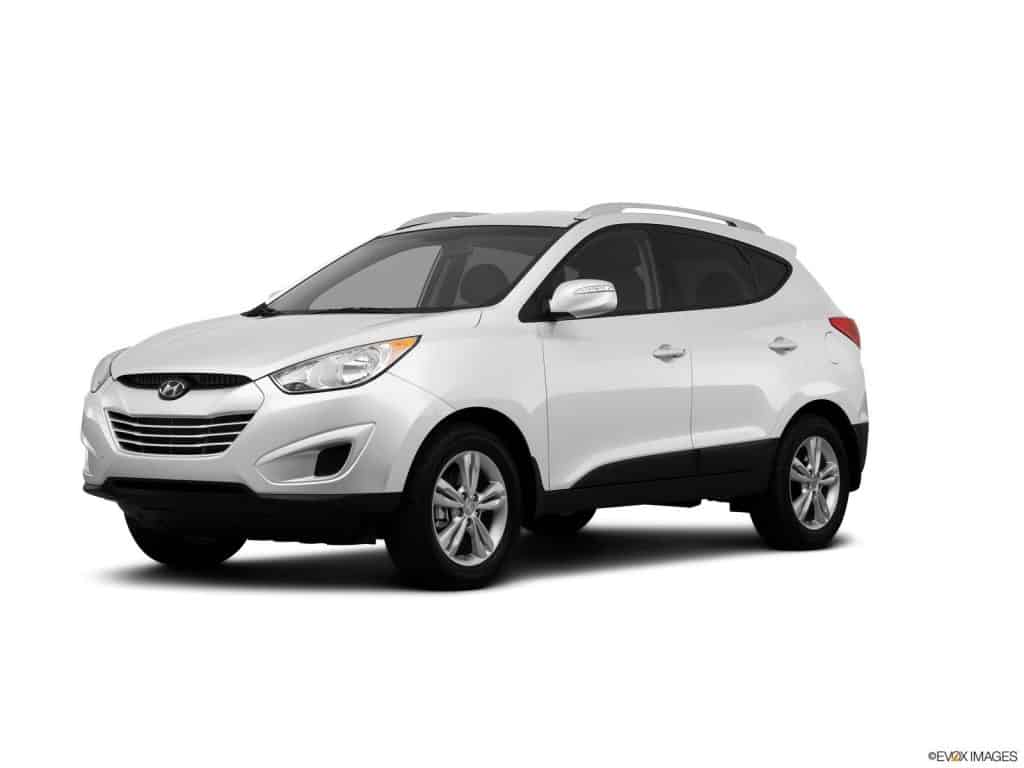
My sophomore year as editor, 2013, saw the unveiling of the all-new third-generation Toyota Vios. This was the car that would pretty much end the game for all other sedans, subcompact and compact. You’d find one in just about every garage. It was the car of choice for Grab and Uber drivers (still remember Uber?). I even got the chance to race one in the inaugural Vios Cup in Clark International Speedway the following year. Another huge 2013 milestone was the return of Volkswagen to the Philippine market.
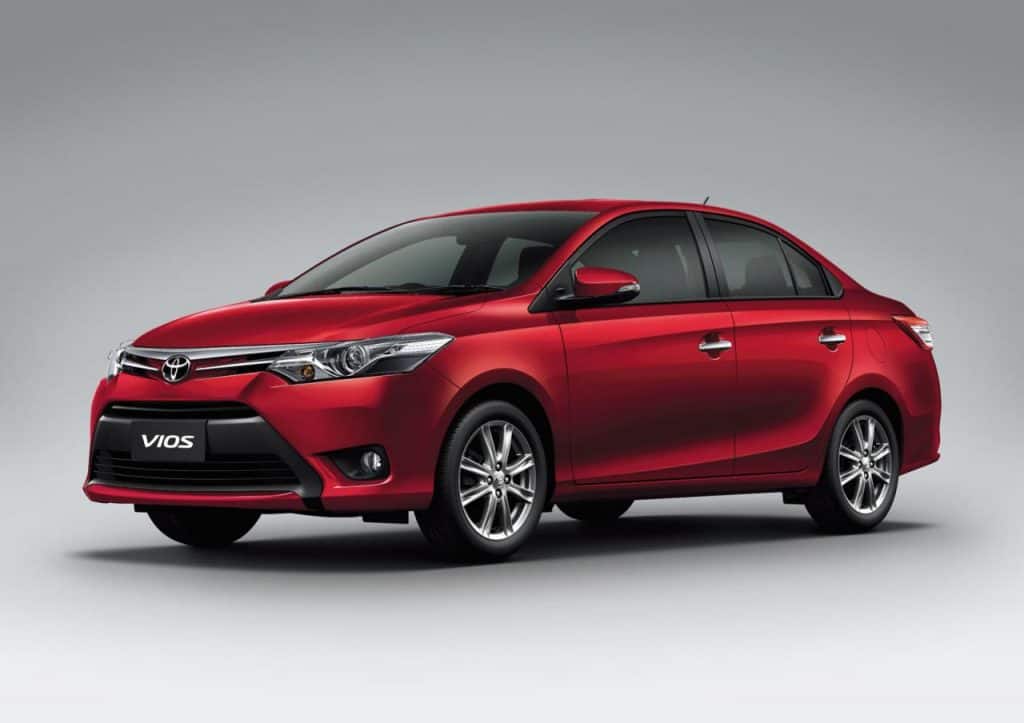
The year 2014 saw the emergence of the first of a new type of subcompact-sized 7-seater: the Suzuki Ertiga. While the Toyota Avanza was also a 7-seater of roughly the same size and price range, it had rear-wheel drive. The Ertiga, on the other hand, was more car-like in style and in the driving (and riding) experience. It quickly became one of Suzuki’s bestselling model—a trend which continues to this day.
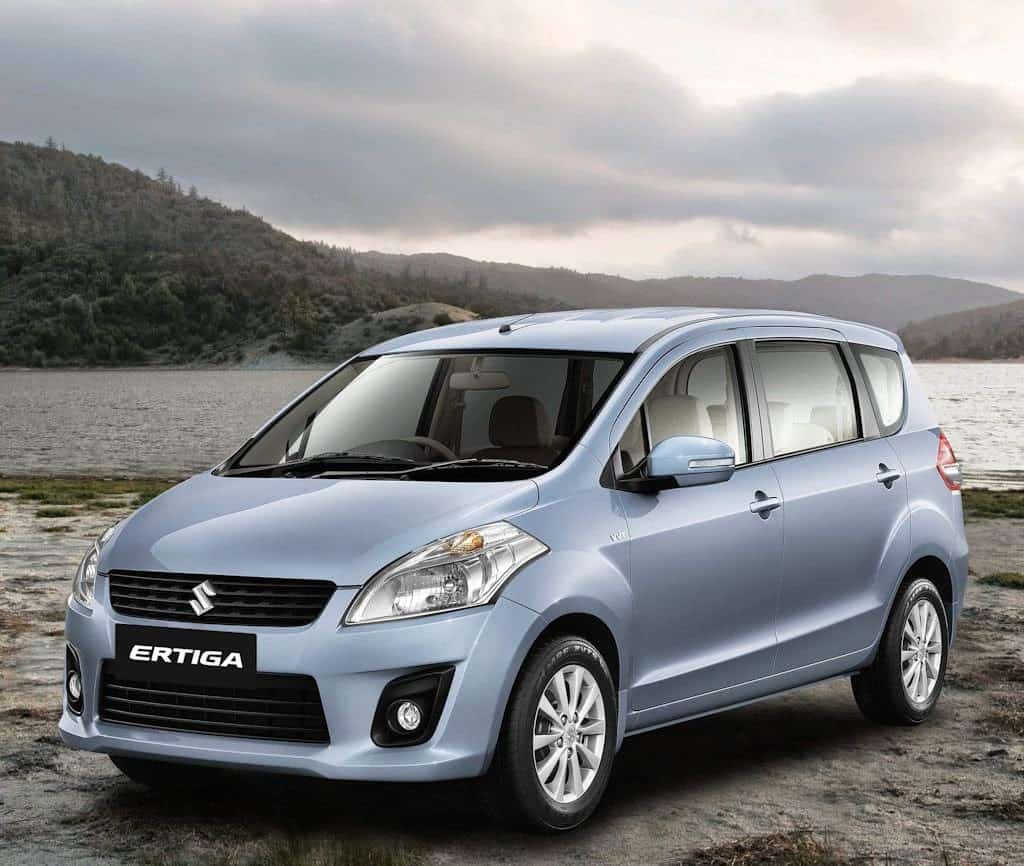
Ford gained the upper hand in 2015 by filling a gap in the market no one else seemed to see—the affordable subcompact SUV. This was masterfully achieved by the Ford Ecosport. It seemed to revive what people didn’t realize they missed—the tiny car-based sport-cute with a retail price under P800,000. In other words, the 1997 Toyota RAV 4. Needless to say, the Ecosport was a runaway bestseller that would help power the Blue Oval to the No. 3 rank in Philippine sales.
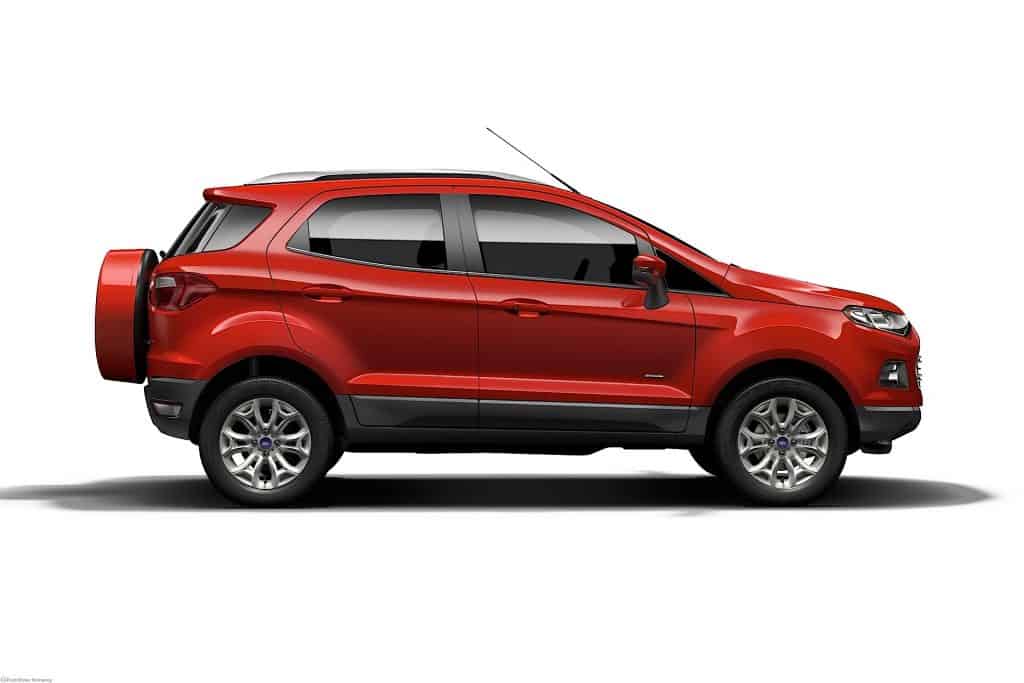
For some time, Honda seemed to be missing its mojo. And then 2016—and the fabulous FC-body Honda Civic—hit, or rather, grabbed the spotlight. Suddenly, people were looking at compact sedans again. Not only was the 2016 Civic a flashy head-turner, it was the first in its class to boast a turbocharger under the hood (giving it class-leading torque). I’m not even going to talk about the phenomenal Civic Type R, the fastest front-wheel drive car on the planet. That’s how great the Civic platform is.
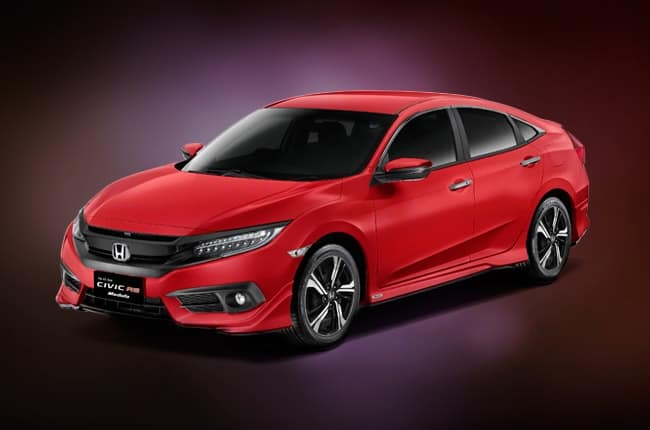
The year 2017 was crazy—at least as far as Philippine car sales were concerned. People couldn’t get enough of new cars, to the tune of close to half a million new cars sold that year. It was a record for new car sales in the Philippine automotive history—a record that still stands today. 2017 was the peak of a consecutive 8-year streak of continuous, relentless growth. Yet another crazy statistic of 2017 was that the bestselling car was not the perennial bestseller, the Vios, but its much more expensive big brother, the Toyota Fortuner. Speaking of Toyota, it came in like a wrecking ball—at least as far as its competitors were concerned. No less than 7 different Toyota models occupied the Top 10 bestselling models list that year.
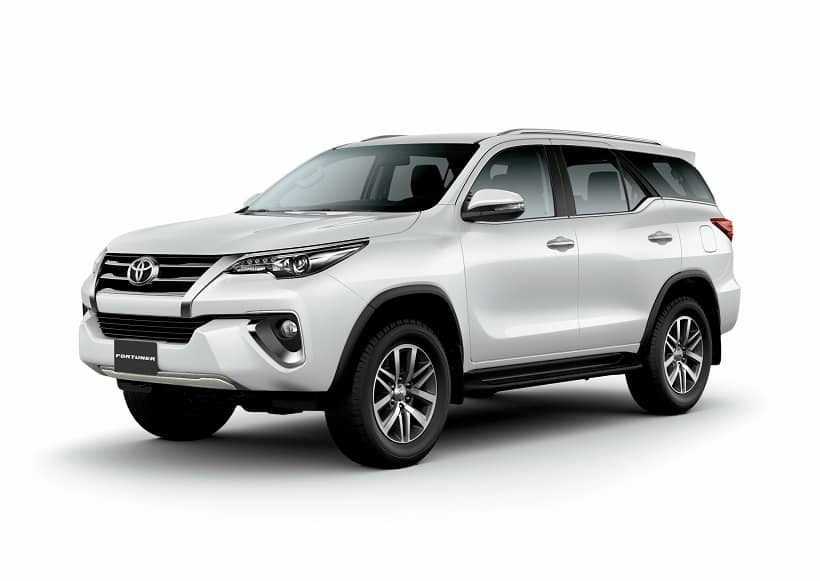
The perennial No. 2 automaker stole the spotlight in 2018 with the Mitsubishi Xpander. It’s Mitsubishi’s take on the burgeoning affordable subcompact 7-seater MPV segment, which by then included the now-discontinued Honda Mobilio. I got to drive the Xpander in Mitsubishi’s R&D facilities in Japan a year before its Philippine launch. The Japanese designer acknowledged the Suzuki Ertiga as their benchmark. To date, the two have been locked in battle for sales supremacy in that segment, with the Xpander currently taking the lead.
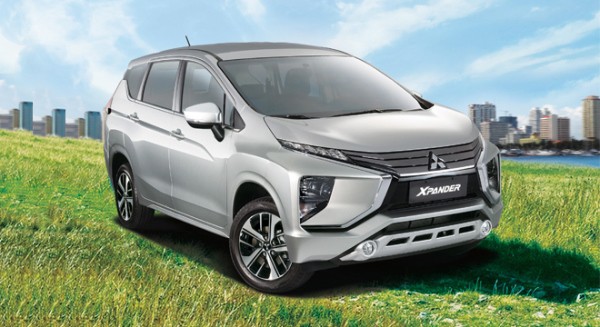
2019 was the start of the Chinese invasion. This was led by erstwhile British brand MG, now owned by China’s biggest car-making conglomerate SAIC Motor. MG Philippines, under The Covenant Car Company Inc., actually debuted in 2018, but really made its mark in its first full year of operations a year later. Spearheading the onslaught was the MG ZS, which has since been the brand’s most popular nameplate. Despite being a very new brand with just four initial models (now five with the recently launched HS), MG is a strong Top 10 contender. Yet another sign of the Chinese influx was Volkswagen’s switch from a pricey Europe-sourced lineup to a much more affordable China-sourced one. Needless to say, VW sales took off.
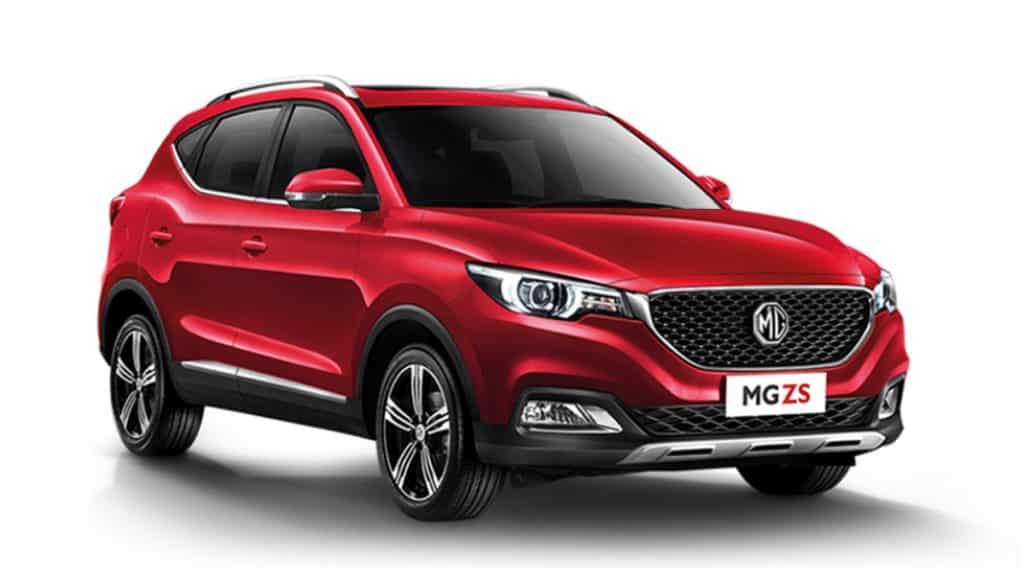
Hot on the heels of MG was Geely (under Sojitz G Auto Philippines) in 2020. Geely is a Chinese car company that owns several major brands like Volvo, Lotus and Proton (although Volvo Cars is set to buy back its shares from Geely and go independent in 2023). Geely debuted in the Philippine market in last 2019, but had an immediate breakout year the very next year, thanks almost singlehandedly to the phenomenal reception for the Geely Coolray, a sporty subcompact SUV with a unique 1.5-liter 3-cylinder turbo engine. Like MG, Geely quickly rocketed to the Top 10 car brands bestseller list—an amazing feat in light of the pandemic that decimated most businesses in 2020.
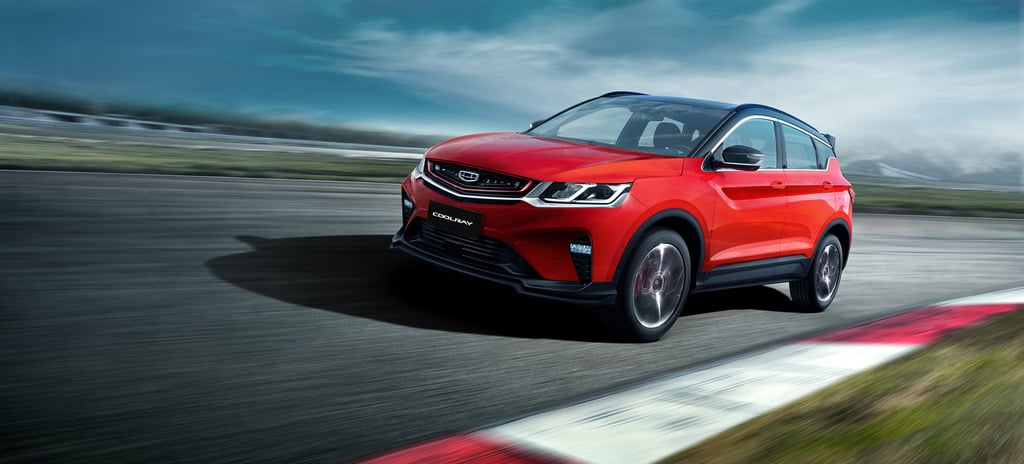
Last year, 2021, was basically an extension of the previous year, which means it was a continuation of the struggles of coping in a pandemic. Part of that continuation was also the ongoing saga of the Chinese car brands’ influx. By 2021, we have aside from the aforementioned MG and Geely, Chery, Maxus, Changan, GAC, Kaicene and JAC, among yet others. Especially impressive among these upstarts is Chery, which has been bravely shaking off a failed first launch in 2007 (by another distributor) and has since been unleashing model after new model. Chery even has a pure-electric sedan in the Arrizo 5e, but it’s their range of Chery Tiggo SUVs (especially the Tiggo 2 and Tiggo 7 Pro) that are making their marks. Chery’s current distributor, United Asia Automotive Group Inc., is so bullish about the brand, they embarked on a fast-paced dealership network (now numbering 21 nationwide and growing) and launched a suite of warranties underscored by an astounding 1 million-kilometer/10-year engine warranty.
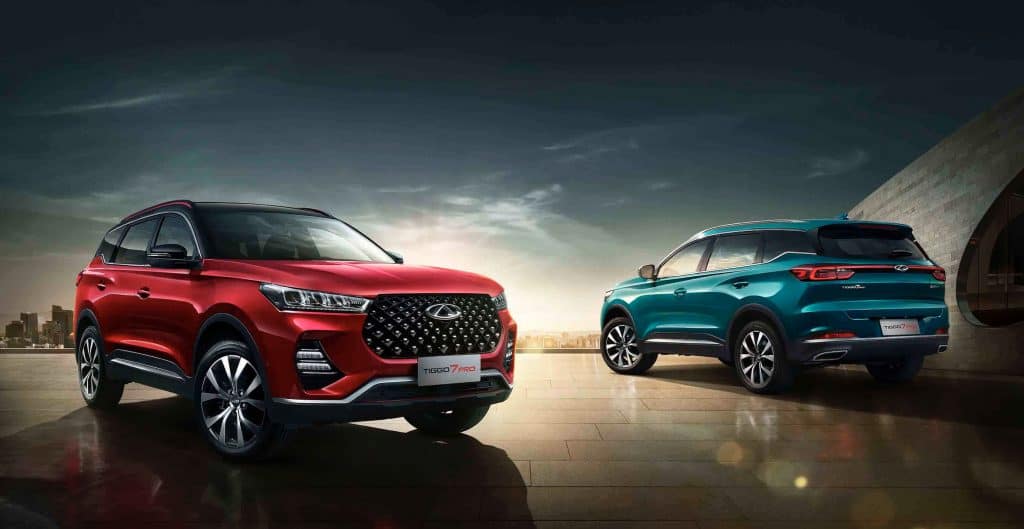
That makes 10 years. What’s next on the horizon? It’s still early days for 2022 but I’ve got my eyes on Peugeot. Under a new distributor, Astara, and helmed by one of the most brilliant executives in the local auto industry, the French brand is all set for a glorious renaissance. Oh, and the new cars look great, too (with more coming).
I love my job.

